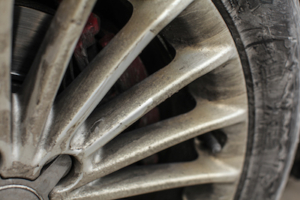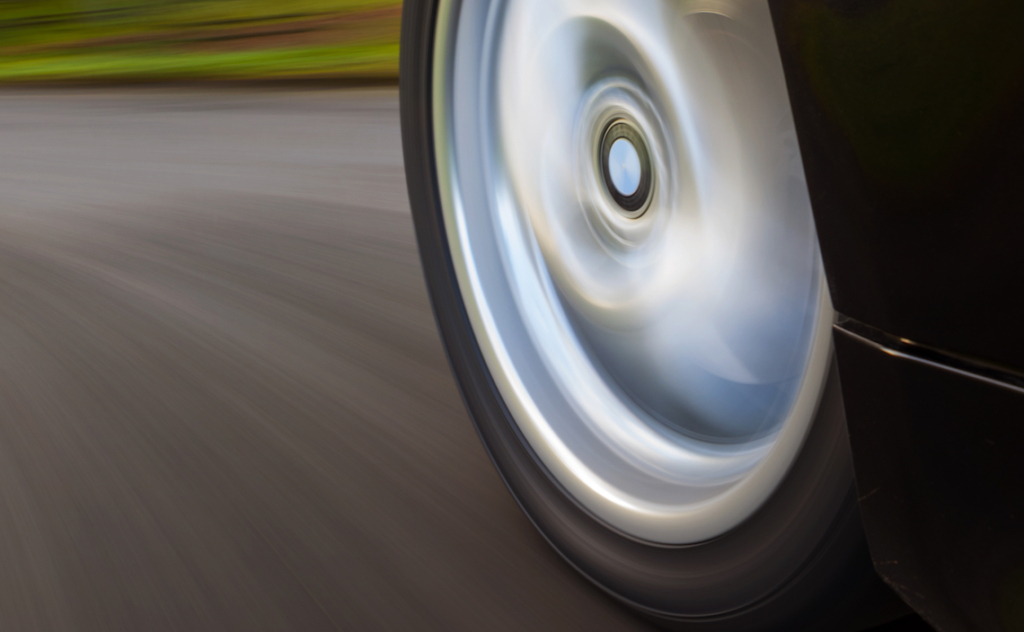
Recently, there has been a push to remove microbeads from cosmetic products because scientist found the small pieces of plastic were ending up in waterways and damaging the aquatic food chain. Now scientist are discovering microplastics from tires and brake pads could could also be a source of contamination.
When a car is driven, the tires shed microplastics when they come in contact with the road. Also, brake pads can shed microplastics when applied. These particles are typically washed off the road by rain and end up in the waterways nearby.
Last year, a team of German and American scientists sampled the air around some busy highways. They analyzed more than 500 small particles of microplastics pulled from the air, and found 89 percent came from tires, brakes and roads. Previous research has estimated that about 30 percent of the volume of microplastics polluting oceans, lakes, and rivers comes from tire wear.
There is no easy solution for this type of contamination. Tires could be made with harder compounds and there might be a way to capture brake dust at the wheel. Some say the solution might be to filter the runoff from the roads. Others believe that electric vehicles and regenerative braking could reduce the amount of contamination.
